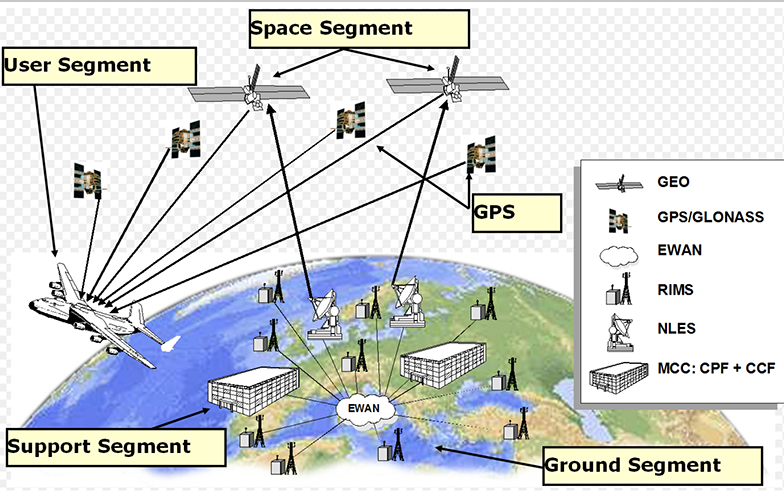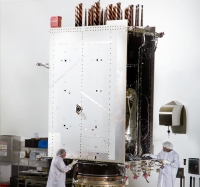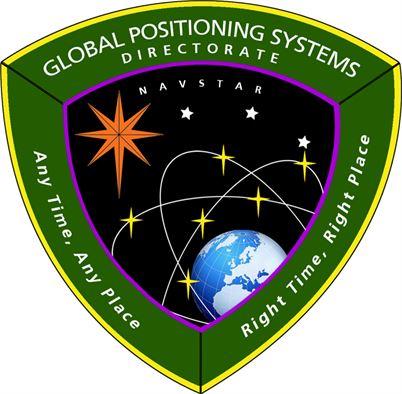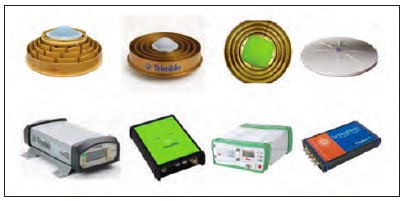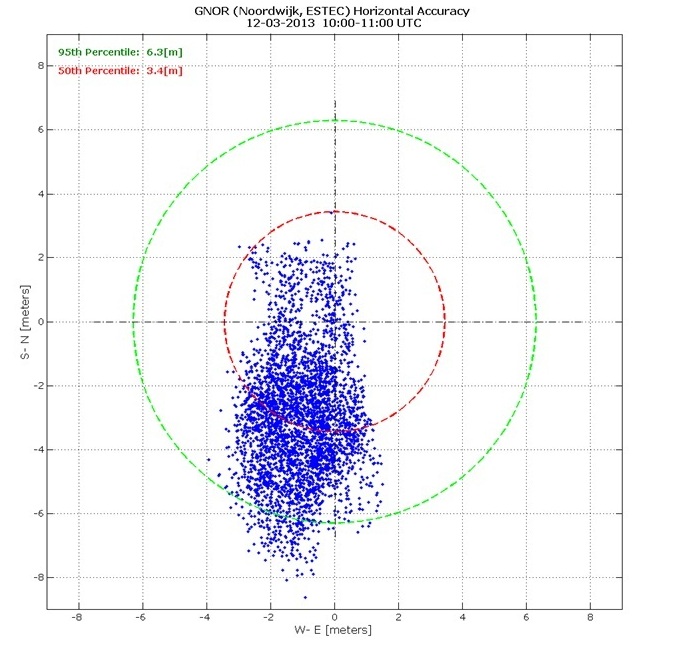Positioning Technology in Australia Gets a $12 Million Boost
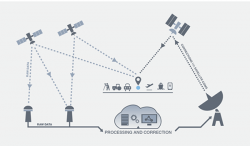 SBAS illustration with the GNSS satellites (upper left) and the communications satellite (upper right).
SBAS illustration with the GNSS satellites (upper left) and the communications satellite (upper right).With the Australian government’s announcement earlier this month that it would invest $12 million in a two-year program looking into the future of positioning technology in Australia, comes plans for testing of satellite based augmentation systems (SBAS) to be undertaken, and for future applications for all four major modes of transport in Australia, as well as for potential safety, productivity, efficiency and environmental benefits.
By Inside GNSS
